Introduction to China’s Major Rivers
China’s vast landscape is defined by its magnificent river systems, which have shaped the nation’s history, culture, and economic development for millennia. Among these, four rivers stand out for their significance: the Yangtze, Yellow, Pearl, and Heilongjiang (Amur) Rivers. These waterways have been the lifelines of Chinese civilization, providing water for agriculture, pathways for trade, and inspiration for art and literature.
The Yangtze River (Chang Jiang)
The Yangtze, stretching 6,300 kilometers, is China’s longest river and the third-longest in the world. It flows from the Tibetan Plateau to the East China Sea, carving through diverse landscapes and supporting millions of people along its banks.
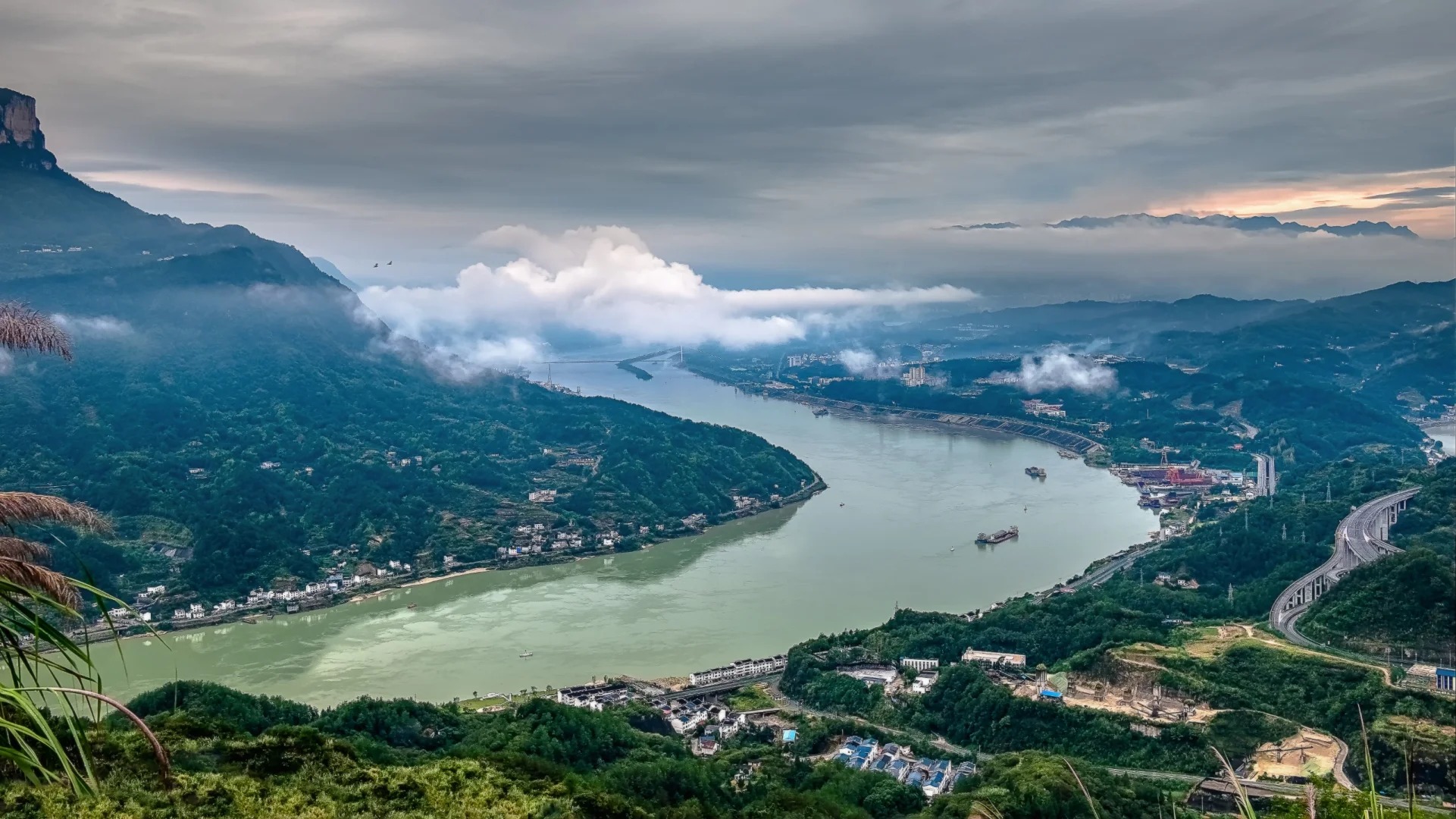
Key Features:
- Length: 6,300 km
- Major Cities: Chongqing, Wuhan, Nanjing, Shanghai
- Notable Attraction: Three Gorges Dam
The Three Gorges Dam, completed in 2006, is a marvel of modern engineering. While controversial for its environmental impact, it has significantly improved flood control and navigation on the river.
Tourism Opportunities:
- Three Gorges cruise (Chongqing to Yichang)
- Ancient towns like Fenghuang and Ciqikou
- Modern metropolis tours in Shanghai and Chongqing
The Yellow River (Huang He)
Often called the “Mother River” of China, the Yellow River is considered the cradle of Chinese civilization. Its fertile banks gave rise to ancient Chinese agriculture and early dynasties.
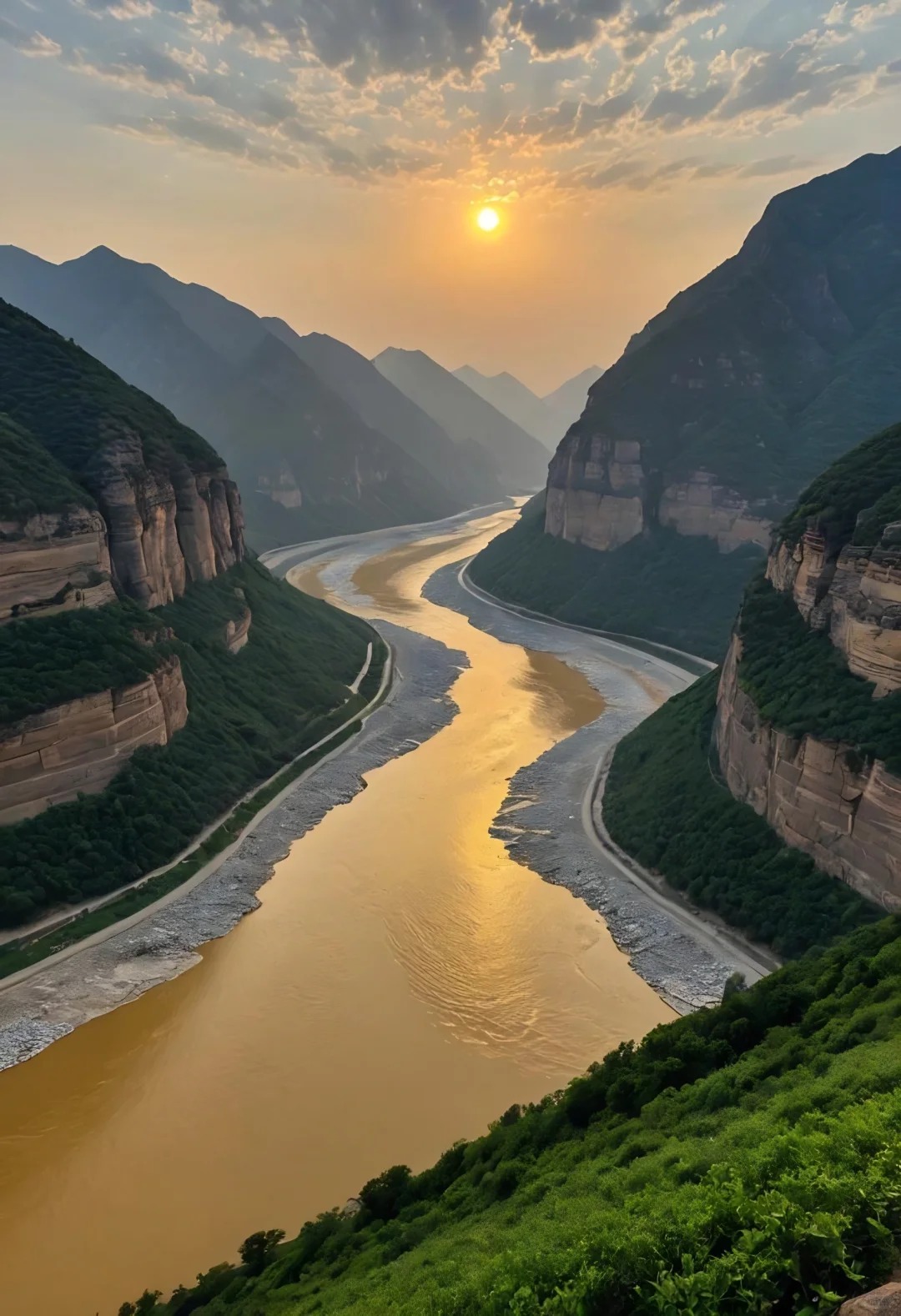
Historical Significance:
- Birthplace of Chinese agriculture
- Site of numerous ancient capitals including Xi’an
- Inspiration for Chinese philosophy and art
The river’s propensity for flooding has earned it the name “China’s Sorrow,” but modern flood control measures have mitigated many risks.
Cultural Sites:
- Hukou Waterfall
- Longmen Grottoes near Luoyang
- Shaolin Temple in Henan Province
The Pearl River (Zhu Jiang)
The Pearl River system, including its delta, is the economic powerhouse of southern China. It flows through Guangzhou before forming the Pearl River Delta, one of the world’s most densely urbanized areas.
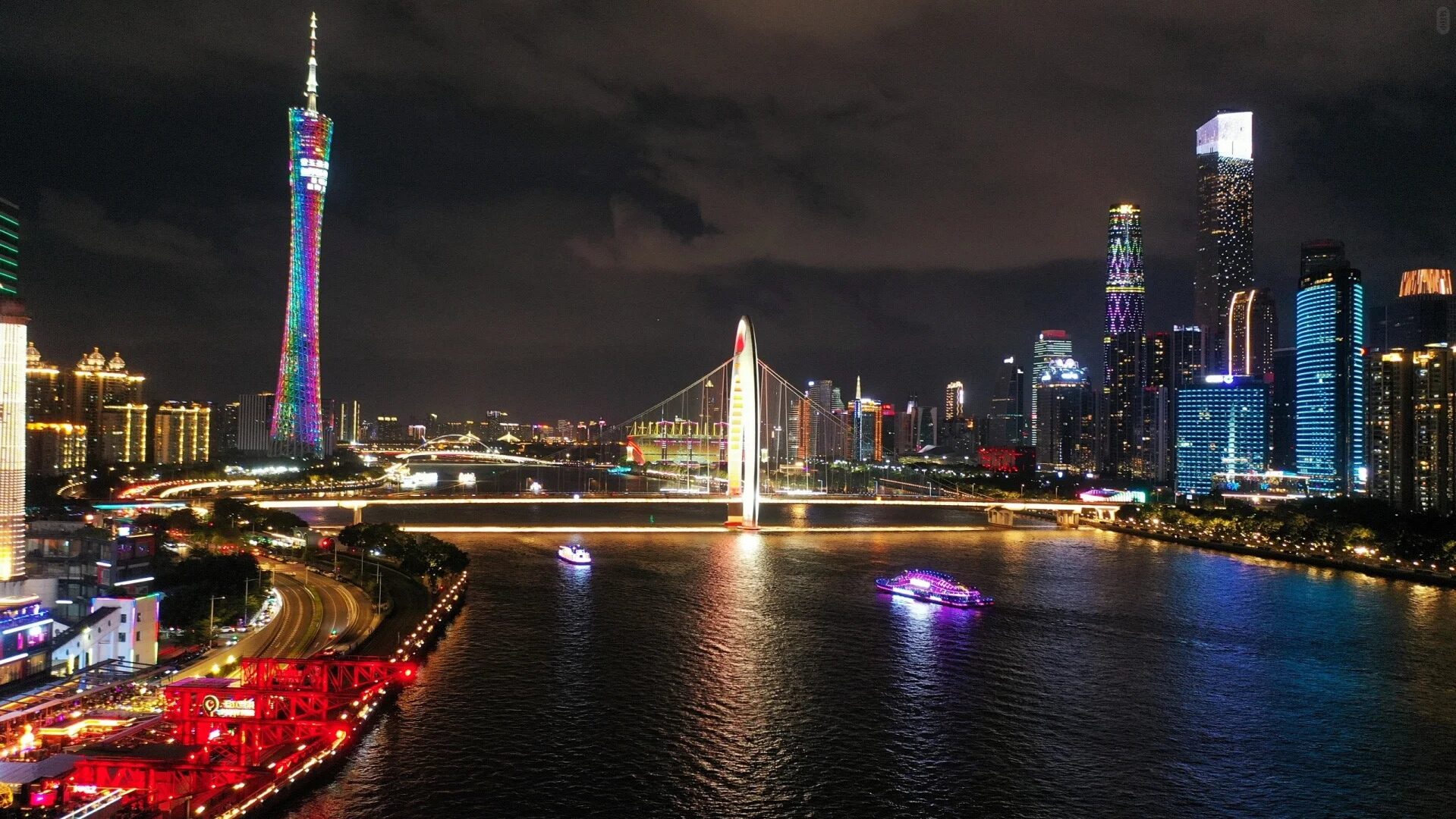
Economic Importance:
- Center of manufacturing and international trade
- Home to major cities: Guangzhou, Shenzhen, Hong Kong
- Key driver of China’s economic reforms
Attractions:
- Evening cruises in Guangzhou
- Shamian Island’s colonial architecture
- Modern skylines of Shenzhen and Hong Kong
The Heilongjiang (Amur River)
The Heilongjiang, known as the Amur in Russia, forms much of the border between northeastern China and Russia’s Far East. It is a symbol of international cooperation and rich biodiversity.
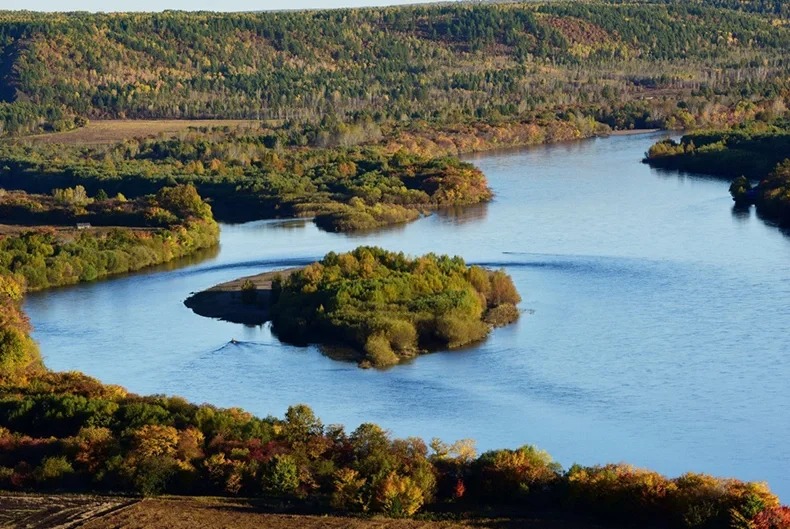
Ecological Significance:
- Home to rare species like the Amur tiger and Amur leopard
- Important migration route for birds
- Supports diverse freshwater ecosystems
Cultural Exchange:
- Border trade between China and Russia
- Harbin Ice Festival, influenced by Russian culture
- Historical sites related to cultural interactions
Comparing the Four Rivers
| River | Length (km) | Key Features | Best Time to Visit |
|---|---|---|---|
| Yangtze | 6,300 | Three Gorges, modern cities | April-October |
| Yellow | 5,464 | Ancient history, loess plateau | May-October |
| Pearl | 2,400 | Economic hub, subtropical climate | October-April |
| Heilongjiang | 4,444 | International border, wildlife | June-September |
Travel Tips and Experiences
| River | Activities |
|---|---|
| Yangtze River |
|
| Yellow River |
|
| Pearl River |
|
| Heilongjiang |
|
Responsible Tourism:
- Choose eco-friendly cruise options
- Respect local cultures and customs
- Support conservation efforts through certified tours
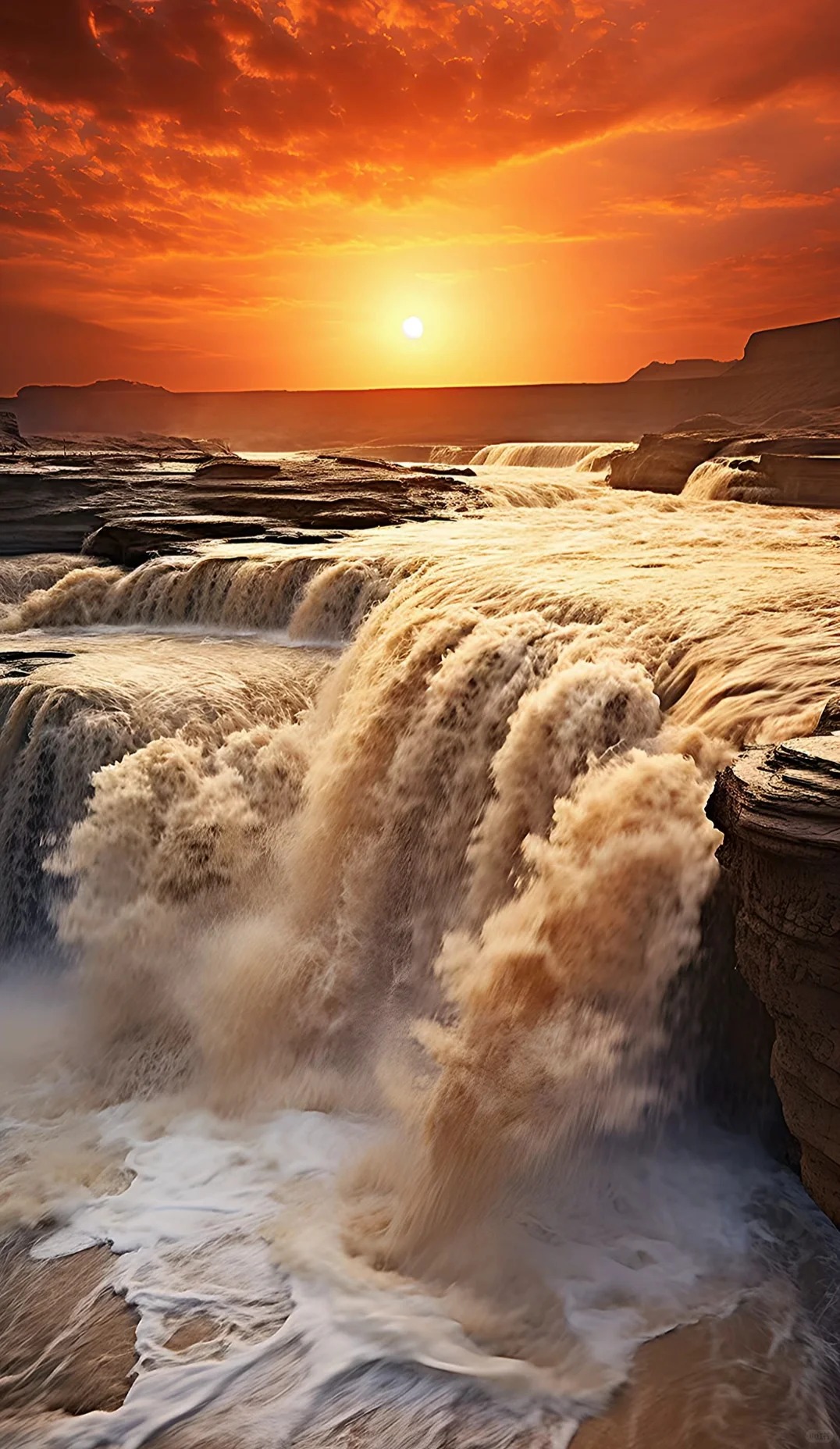
Each of China’s four major rivers offers a unique perspective on the country’s diverse landscapes, rich history, and dynamic present. From the mist-shrouded gorges of the Yangtze to the ice-covered banks of the Heilongjiang, these waterways provide travelers with unforgettable experiences and deep insights into Chinese culture and ecology.
As you plan your journey along these great rivers, remember that each has its own character and rhythm. The Yangtze speaks of China’s rapid modernization, the Yellow River whispers tales of ancient glory, the Pearl River showcases economic vitality, and the Heilongjiang embodies international cooperation and pristine wilderness.
Whether you’re cruising through the Three Gorges, walking along the ancient banks of the Yellow River, marveling at the neon-lit skylines of the Pearl River Delta, or exploring the rugged beauty of the Heilongjiang, you’re sure to gain a deeper appreciation for the role these mighty rivers have played in shaping China’s past, present, and future. Each river journey is not just a trip through space, but also through time, offering a unique window into the soul of the Middle Kingdom.





